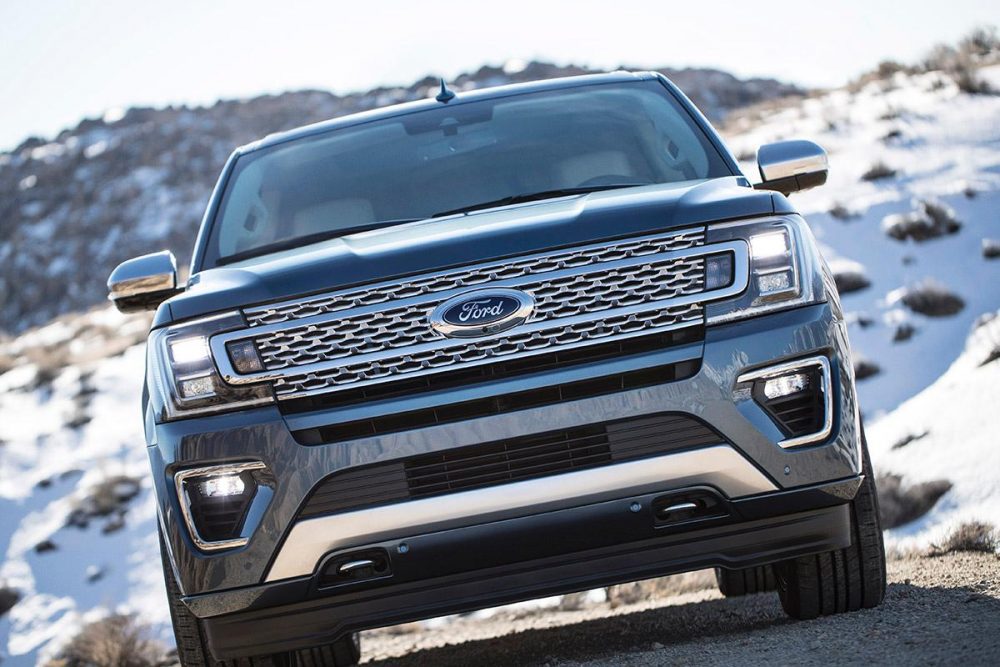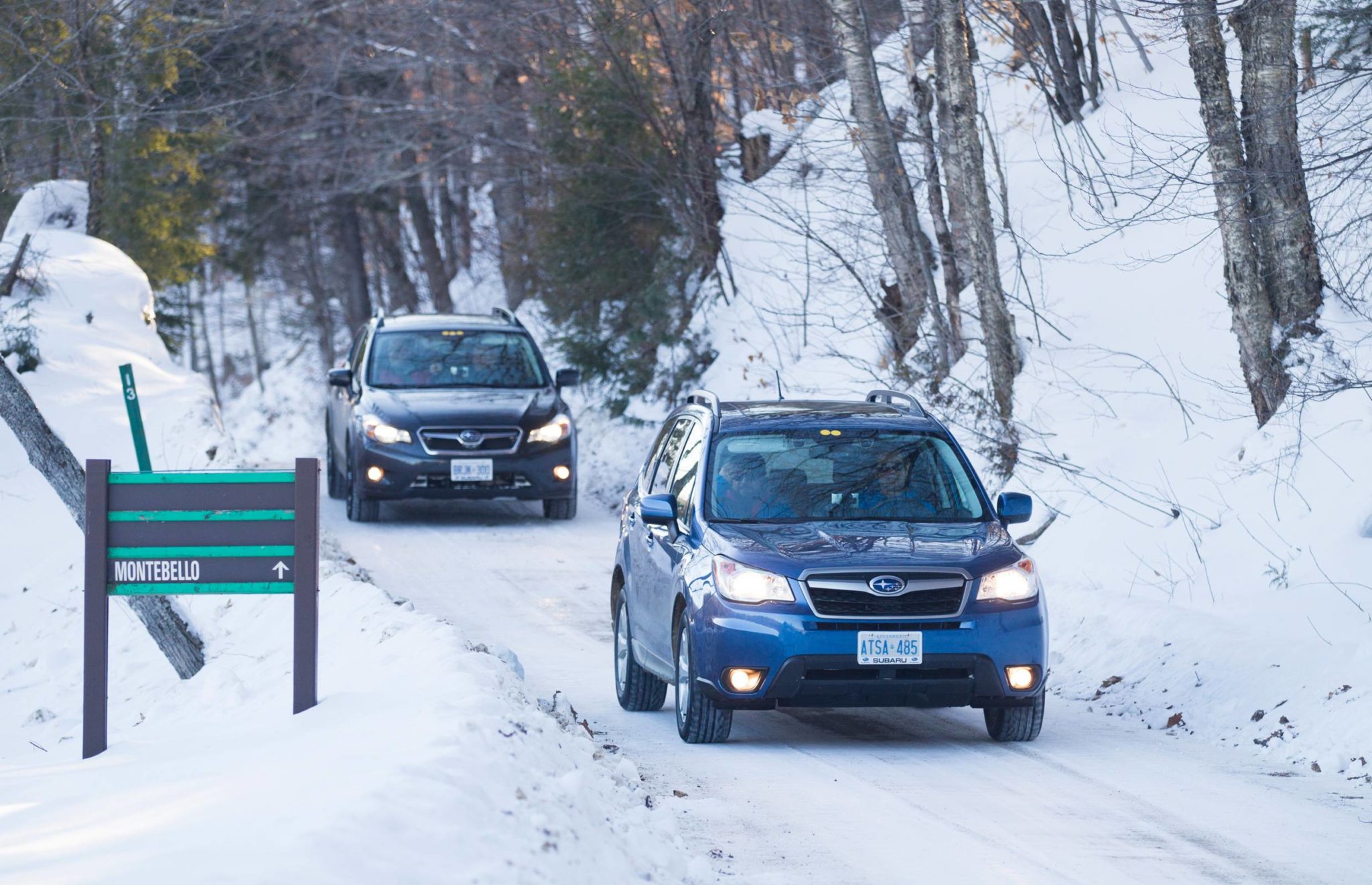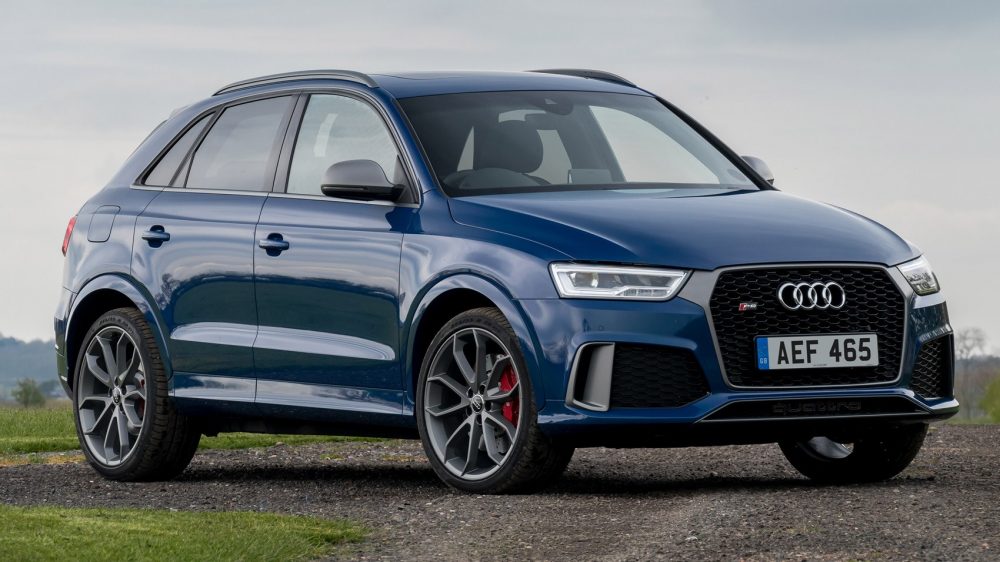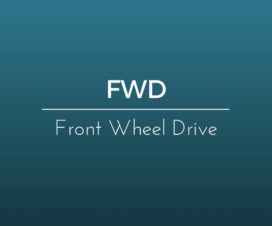 |
4WD VS AWD – First of all, 4WD or 4×4 is not the same as AWD, despite not so rarely some are using them to describe same occurrences. They differ in engineering sense and more importantly in the sense of their purpose. Normally, as somebody told us, there are fifty shades of gray, so in the real world, those terms made sure that things got complicated. We could see 4×4 in places where it shouldn’t be expected, we witnessed the two being together on the same options list, sometimes they both exploit same differential marvels, and finally, AWD found some “strange” new purposes, completely differing from the original idea. To avoid brain overload let’s start with basics.
Black and White
If we somehow imagine that the world is black and white, things would be simple. 4WD is old-school, hard-core off road utility capable of getting you deeper into the Mather nature’s hug, while AWD is later developed, milder version of it, which tries to avoid some negative sides of the original, but still providing certain capability when things get tough (or better- inconvenient, in order to avoid overstatement). Naturally, 4×4 goes along with SUVs, but ones which you can’t simultaneously call crossovers. These are the ones carrying truck’s underpinnings (just not the ones from alien-ish Ridgeline) or in different words ladder frames and solid rear axles.
Count in some mid-sizers there, such as Wrangler, along with 4Runner and brotherly posh Lexus GX, and pretty much whole array of mainstream and luxury full-size SUVs ranging from all American- Tahoe, Yukon, Expedition, lavish Escalade and Navigator, to Japanese- Sequoia, Armada, Land Cruiser, together with luxurious Lexus LX and Infiniti QX80. European SUVs are not especially inclined to body on frame recipe lately, with Ranger Rover abandoning it along with Sport model and Discovery, leaving Merc G-Class only specimen of that kind for the moment.

Opposite side of the spectrum is occupied by monocoque or unibody chassis, serving hatches, sedans, estate wagons, sports cars, minivans (or almost everything in short), which as the name implies don’t put a body on a ladder frame, rather being one block piece. Blend that with an SUV shape, and you’ll get a crossover. Monocoque chassis don’t endure levels of twisting as ladder frame does, the usual independent rear suspension cannot articulate as a solid axle does, nor it can withstand heavy bashing, and its towing ability is severely damaged. Still, if you don’t fancy (and most doesn’t) paint scratching, sinking into the mud with winching in mind, introducing your vehicles’ underbody to pointy rocks or towing your house, you might as well cherish unibody gifts.
Crossovers are lighter, more efficient and with a car like handling bringing better comfort and refinement. That is why we couldn’t start naming them, as we did with proper SUVs since they are everything that is left (and there are dozens of them). With them, 4WD doesn’t make great sense, so they arrive with AWD (as much as other unibody stuff do), which usually occupy a spot on option’s list. But, this is a free world, and we have more than one exception from above stated, messing with “order-freaks” mentality.
Hurting the Rules
The body on frame is older setup, and it was mandatory linked to any SUV in the past. As time changed and SUVs became city dwellers rarely setting foot in the dirt, many of truck-ish SUVs switched sides later opting for monocoque wonders. Still, some of them put the effort in retaining some of the off-road prowess, usually by maintaining 4WD systems with their low range gearboxes and lockers, making them especially capable crossovers. You can slot under this story Range Rover and Discovery.
To makes things even more complicated, some fairly accomplished off-roaders with 4×4 systems started as crossovers from the beginning. Grand Cherokee would be one of those, and you can currently opt between both with it, AWD or 4WD, whichever better suits you. Despite this “anomalies,” we can recap that SUVs with 4WD (and trucks for sure) allow moving off-road in the literal sense, while crossovers (and rest of shapes) with AWD allows moving through on roads when it gets nasty-(ish). Now let’s dive deeper and see what they are made of.
4×4’s Accord With Nature
4WD is a real off-road utility which implements two-speed transfer case featuring low gear, which when engaged allows movement (with very limited speed) in the incredibly harsh environment (deep mud, sand, water, large rocks, steep hills, and rest) thanks to the multiplication of available torque. Beside 4-low mode that is the one just described, 4-high sends power to all axles which give better traction in case you wonder off the pavement, but the environment is kind enough to allow greater speeds. But again speed limit does exist, and it is way below vehicle’s maximum speed capabilities.
The 4×4 mode is not suitable for use on normal pavement, especially when accompanied by locking differentials or lockers (when they are on), so in that case, you’ll switch to 2-high and rely on just one axle being powered. Lockers are in most cases attached to the primarily driven axle (rear one), but sometimes they also accompany another axle, while things like Merc G-Class feature a maximum number of it or three (counting also one for both axles). By locking certain differential, you just made sure that both sides receive an equal amount of torque, so wheel sleep hardly affects you.
If we speak about center differential, both axles divide the same amount of torque, if we refer to differentials appointed to the certain axle, each wheel on it receives an equal share of a twist. This makes sure that everything spins preserving momentum, despite some wheel just lost traction and wished to attract all torque to itself. On the other hand, not allowing some wheel to steal torque from other, prevents you from engaging road turns with higher speeds as the outer wheel has a bigger path to cover, hence needs more and faster spins to do so.
That brings us back to speed limits, mandatory with 4WD use, which you should respect if you have any intention of preserving differentials from internal melt down. At the end, 4×4 systems are often accompanied by other off-road enhancing gizmos as sway bar disconnect, crawl control (Toyota’s stuff), Fox Racing Shocks (Raptor’s stuff) or Spool-Valve dampers (Colorado ZR2 area), to some proper exaggerations as in case of portal-axles (G-Class 4×4² or 6×6), among else.
AWD’s Deal With Traction
As we mentioned AWD systems evolved from 4WD ones, trying to compromise. They get rid of some “heavy stuff” as low range gearbox and lockers, saving weight and improving fuel efficiency, but excluding serious off-roading. Still, they were more than capable enough to achieve higher levels of grip on looser surfaces, perfect for rallying before increased popularity spread it on the streets to combat rain and snow coating the roads.
In the beginning AWD systems were working full time, some still does, sending power to all wheels, usually by locking distribution of torque between axles (very often not in 50:50 configuration), as case with Audi’s Quattro (with some recent exceptions), Subaru’s Symmetrical AWD or Honda’s SH-AWD, among else. AWD doesn’t go with lockers, so its compromising nature found a middle path with LSDs or limited-slip differentials. As we are sad, locker “locks” differential so equal amount of torque is always sent to each wheel or axle no matter what, while LSD waits for a wheel to slip and then react, preventing further waist of torque. Often used a type of LSD was Torsen differential, which is mechanical setup always engaged.

Depending on its location it prevents axle or wheel slippage and distributes torque accordingly with the capability to send a large amount of torque to a certain direction. It is used in pricier Audis optioned with Quattro, but also together with 4WD systems in Toyota’s hard-core SUVs. Newer times brought even higher dilution of “power to four wheels” technology. As buyer’s preferences evolved, mostly cherishing fuel efficiency above all, part-time or on-demand AWD was born.
LSDs became simpler, lighter, cheaper but also less capable. In those cases, power is sent to only one axle, while torque reaches other only when the first run into some traction problems, while an example of such system could be electronically controlled Haldex AWD widely used by VW group including Audi A3, Q3 and TT, along with Volvo, Ford, GM, and others. We could also mention simplest and cheapest Visco-coupling, which Haldex is currently pushing out, leaning on fluids to perform work or clever GNK Driveline’s products directly rivaling Haldex’s offer, which already situated itself under Focus RS’s, Evoque’s, Audi Q3 RS’s skin.

Finally, the ability of AWD systems to provide superior traction on clean surfaces, besides compromised ones, led to its spread through sports car world. Plus, improvement of acceleration time, increased cornering agility, the fact that rear axle can’t manage the infinite amount of horsepower, and ability to be coupled with clever torque vectoring led to things like Ferrari GTC4 Lusso, Buggati Chiron or Lambo Aventador to implement it besides more “mundane” stuff as Nissan GT-R, Audi R8, Honda NSX or Porsche 911 with 4 and Turbo lettering.
4WD VS AWD – Now You Know
We haven’t covered all aspects of four wheel propulsion as the story is already long as it is, but it is enough for you to grasp some basics. 4WD is “no-toy” off-road stuff which accompanies trucks or truck-ish SUVs, and by going for it, you just bought promise of decent fun in “outdoors” time. The toll is certainly paid with compromised driving manners, at the pump and sometimes with unrefined cabins, but still, if you want to engage yourself into some serious off-roading, 4×4 knows no alternatives.
As for AWD, it is there to accompany everything else left if you decide to cash out for it and to make sure that your life continues when nature gets moody in civilized areas. More serious full-time versions indeed help with peskier snow and other calamities, but if Siberia is not your natural habitat, you may as well be more than satisfied with “milder” part-time alternatives. Or you might as well save some cash and follow through with decent winter tires, very often completely well serving the purpose.
For the end, AWD manages to serve more than well hottest part of the automotive world, always in endless pursuit to shave as many tenths possible from already “hot enough” laps. It does kill some fun offered by RWD, but lap time figures remain relentless.




